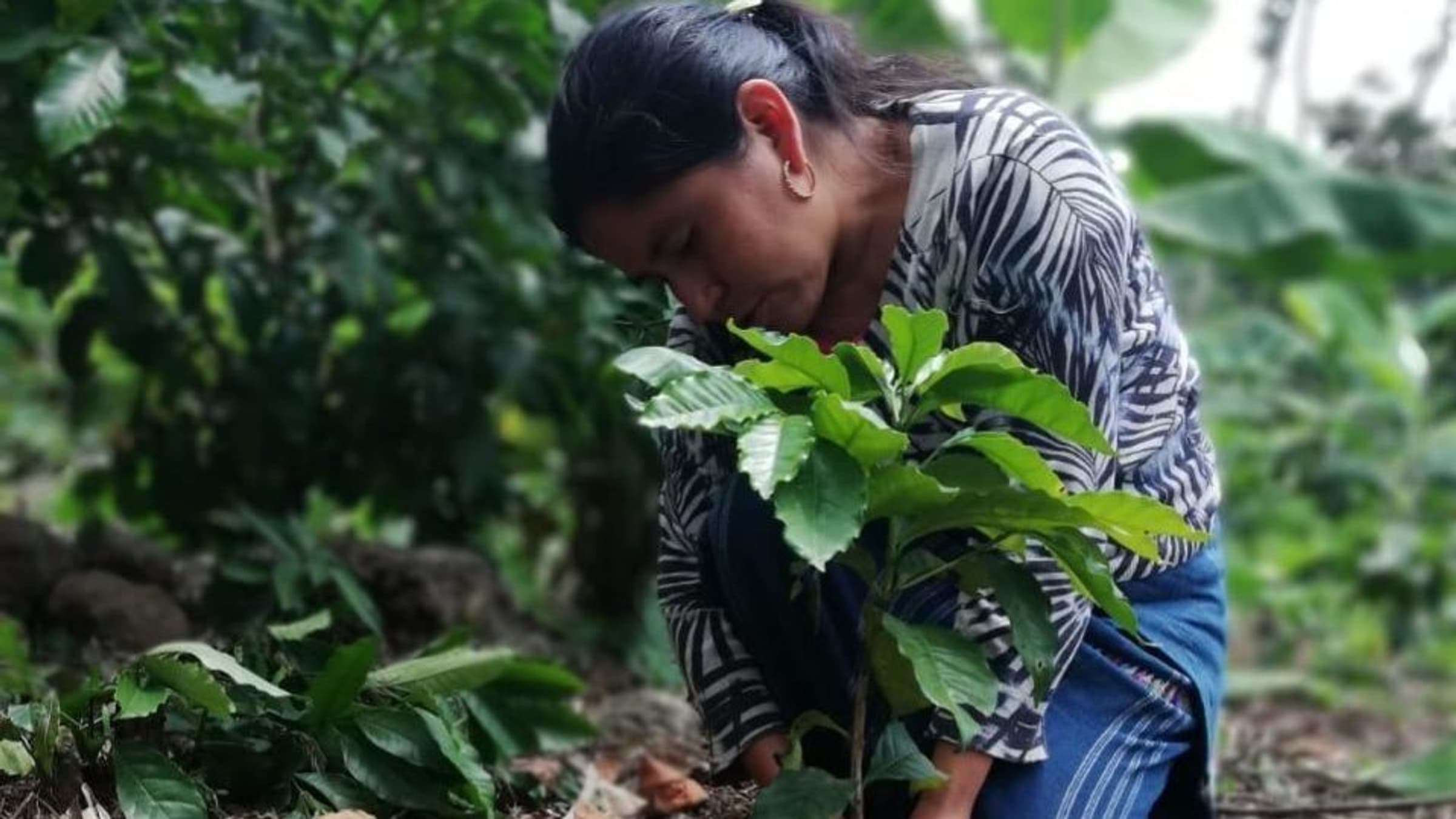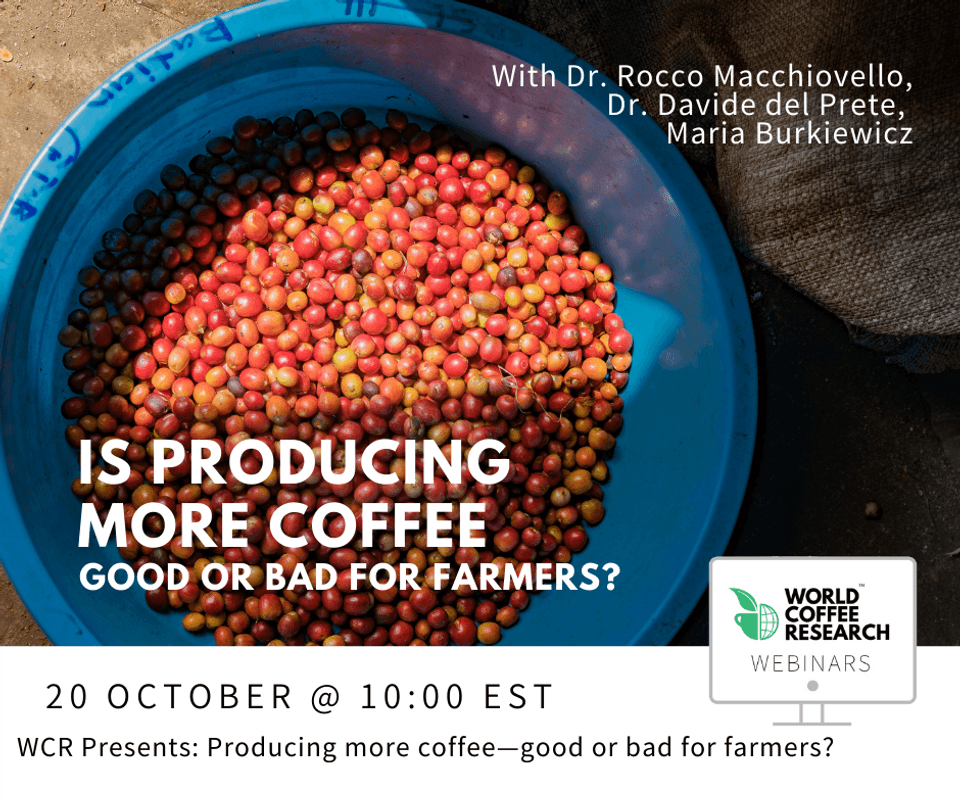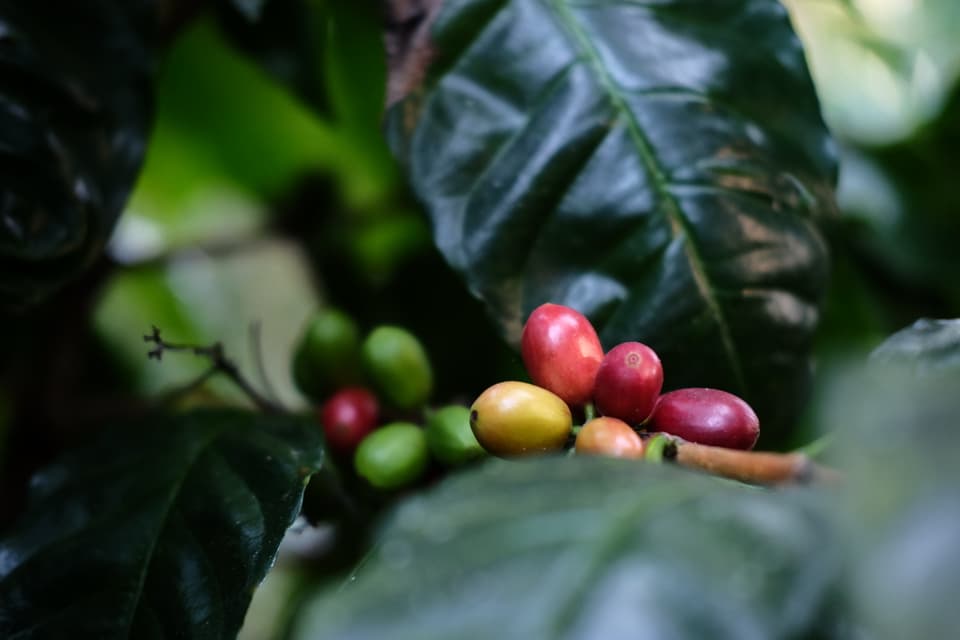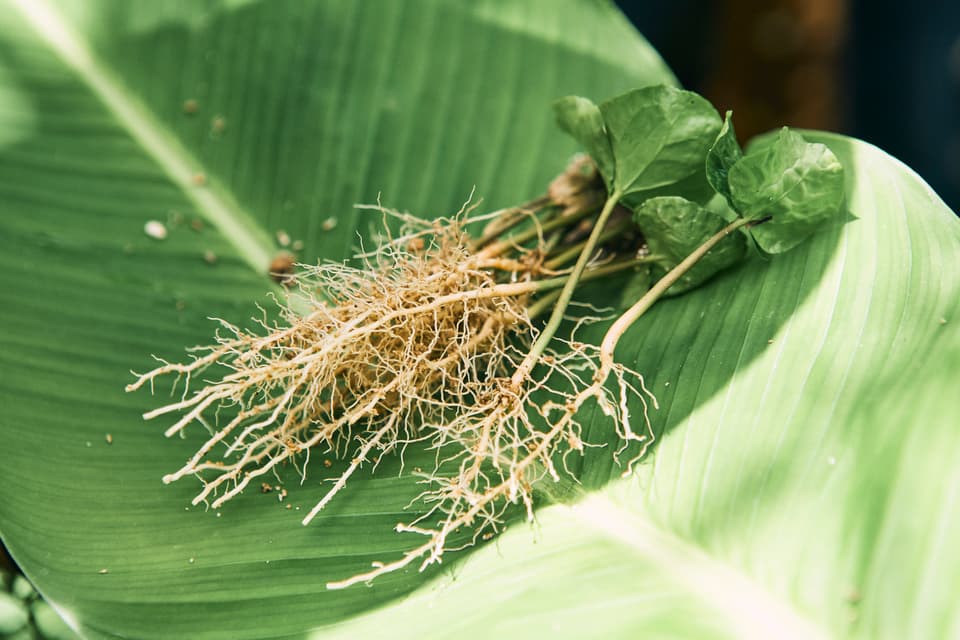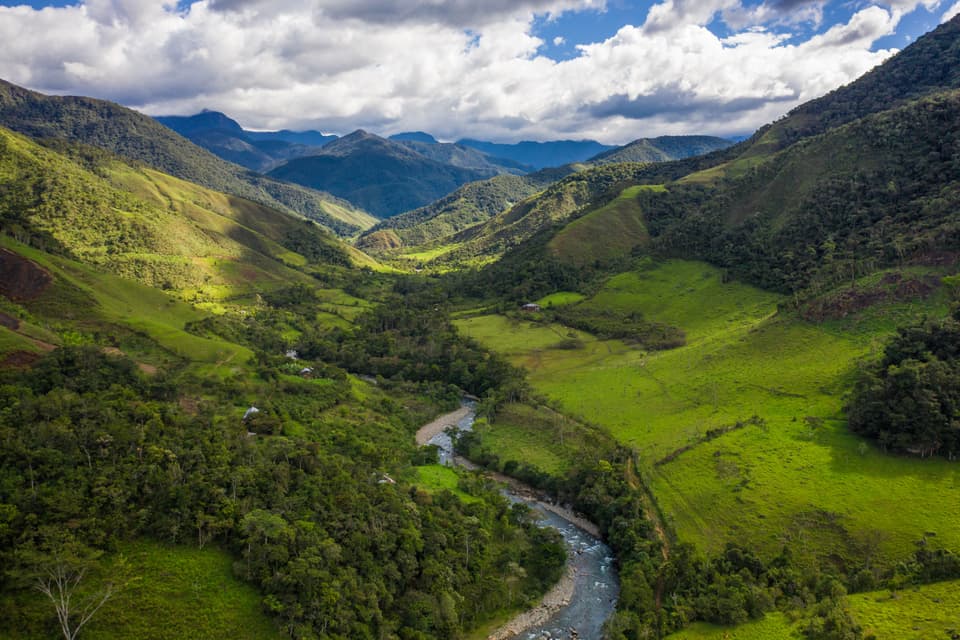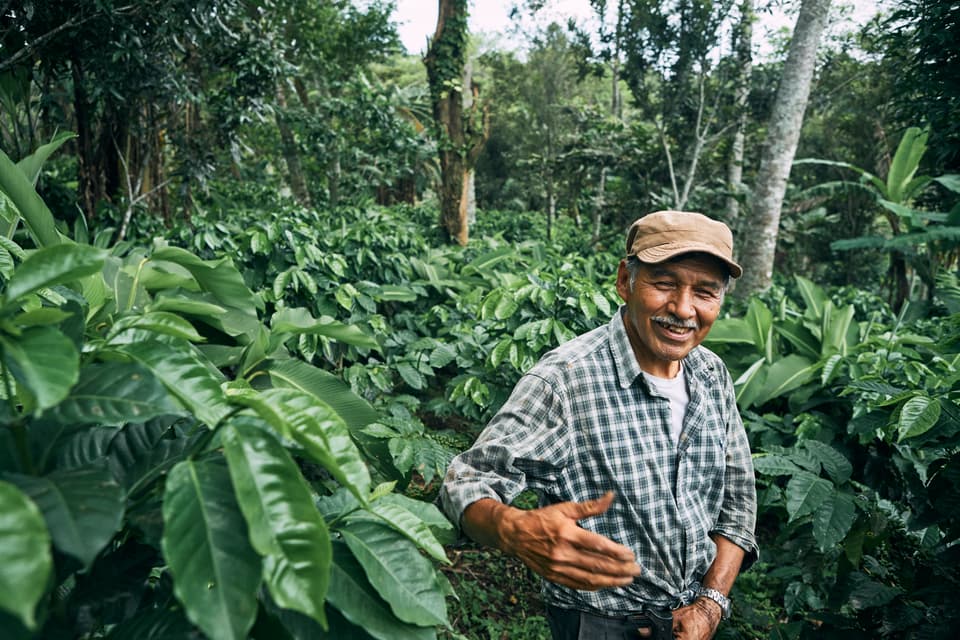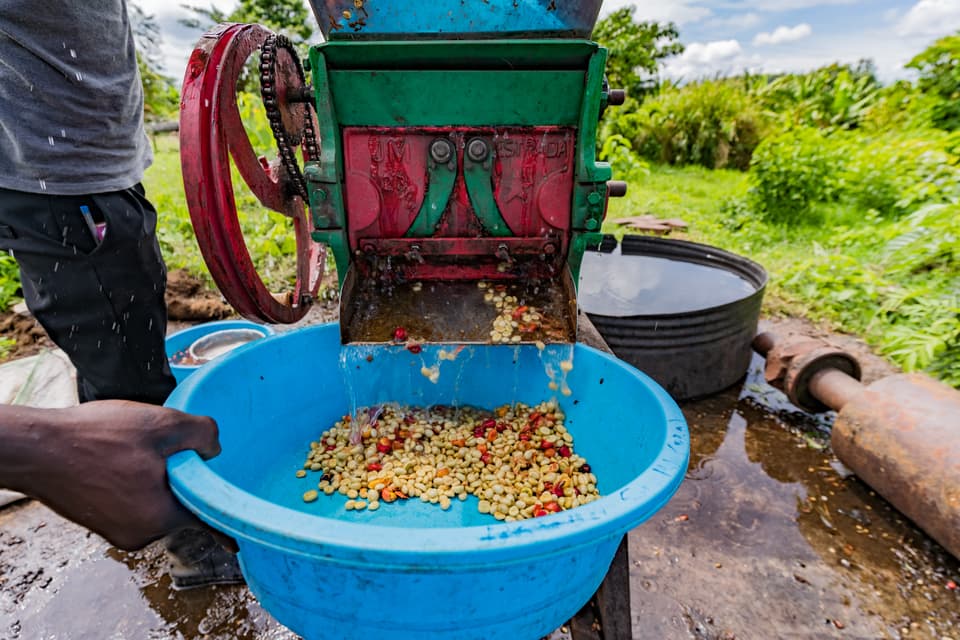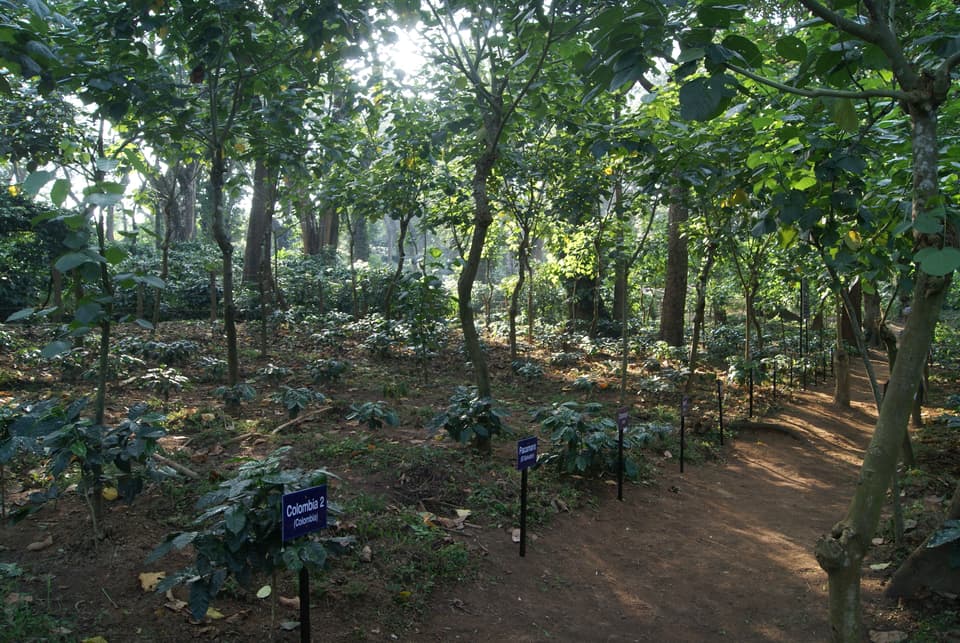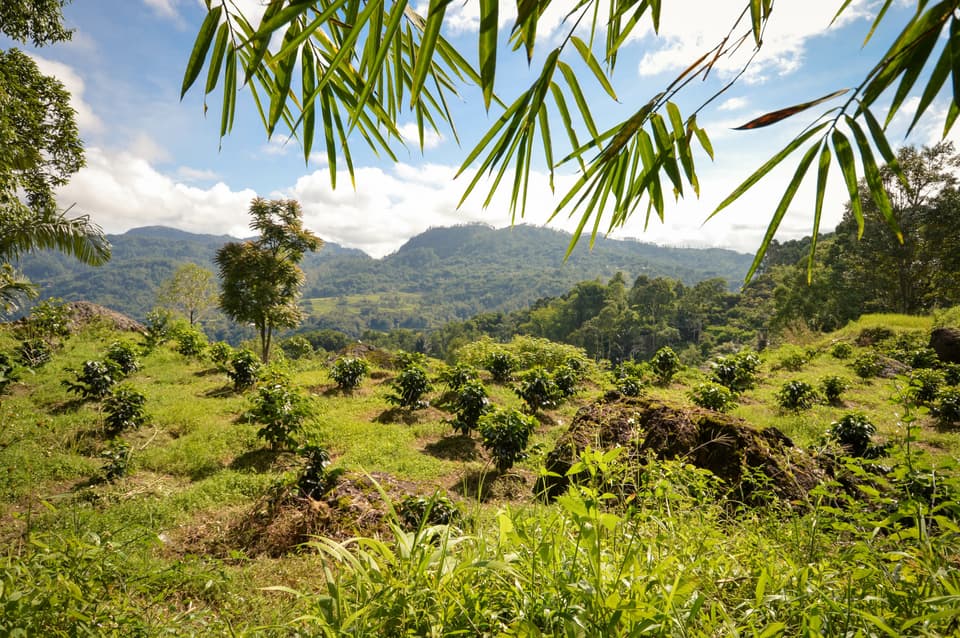Farmer Profitability
Problem
Whether a farmer can make a profit depends on whether their total income exceeds their costs. There are different models for farming coffee. Some, like high-intensity monoculture farming, produce more coffee but also cost more because they require more inputs. Some cost very little but also produce very little. And many factors influence quality, which also affects the end price the farmer earns. Some actions that farmers can take to improve their profits can have negative environmental consequences, like removing forest to expand coffee area. Other factors are largely outside farmers' control, like volatile global commodity price changes, availability of inputs, and access to credit and insurance products. Profitability in farming can also change year to year, based on the weather, disease/pest outbreaks, availability of labor, and many other factors.
In short—it is complex, and there is no single model for profitable coffee farming. Yet the urgency of identifying and addressing barriers to profitability—while also protecting natural resources and contributing to carbon mitigation—is rising. In a global consultation of nearly 1,000 people in the coffee industry in 2020, farmer profitability was identified as the single most important priority for the industry.
Solution
Sustained farm profitability can be achieved by bringing together competitively priced financial services, relevant technology and information. Farmers can combine these options in ways that enable them to take advantage of market opportunities while managing risk through insurance products and diversified production for income and food production. Smallholder coffee farmers operate in very different contexts across the world, and options for profitability will necessarily be tailored to local conditions. Given increasingly dynamic production environments due to climate change and global market uncertainties, understanding the different technologies that can give farmers flexibility and options to build profitable businesses is key. Through our work on the theme of farmer profitability, WCR explores how agricultural innovations connect to higher order systems to help farmers achieve greater profitability.
As of 2021, this is a new program area for WCR, and we are still working to define what it will look like going forward. Clearly, however, farmer profitability is a critical and shared challenge.
Questions WCR is engaging on this topic include:
- How can agricultural R&D address farmer profitability? One answer is through variety improvement that leads to significant productivity gains (see more below).
- What are the most important investments for global donors concerned with enhancing farmer income and food security—that don't distort global prices or local markets?
- What are key features of profitable production systems that also contribute to global sustainability goals?
Below is more on our approach to thinking about profitability, and links to recent work in this area.
Productivity is the value of output relative to the cost of production. Improved productivity means you have achieved greater output value per unit cost. As an example, if a farmer has a rust-resistant variety that allows them to forgo spraying with fungicides, they may be able to produce the same amount of coffee for a lower cost (greater output per unit cost). Therefore, they will have higher productivity. The most common inputs for coffee farmers are labor to manage the crop and harvest (their own family labor or hired labor), nutrition for their plants (compost or fertilizer), and chemical sprays to control pests and disease. If a farmer can use fewer inputs to produce the same amount of coffee, or use the same inputs to produce more coffee, s/he will have improved productivity. Farmers with higher productivity can weather low price environments much better than lower productivity farmers; low productivity farmers are not able to cover their costs in low price environments, frequently leading to increased debt and/or a departure from farming.
For an export/cash crop like coffee, improved productivity is often directly correlated with improved income, whether it’s from lowered cost of production, increased production (e.g., more coffee to sell), or labor savings that allow the farmer to pursue other income-generating activities. For very poor farmers, higher incomes contribute to food security. For more advanced farmers who are food-secure, improved productivity provides the income needed to invest in farm management and renovation, which enables taking advantage of upside opportunities in normal or good years. During high price years, more productive farmers can accumulate savings since their revenues more than cover their costs; while in low price years more productive farmers can meet their costs and avoid debt. For all farmers, improved productivity therefore contributes to economic stability, which is a critical dimension of sustainable livelihoods.
“Handling rust costs the equivalent of one-fifth of my production per hectare. The only way you can pay the cost is with high productivity. If you have low productivity, it will wipe you out.” — Farmer Luis Pedro Zelaya Zamora, Coffee Rust is Going to Ruin Your Morning, The Atlantic
Across an entire economy, R&D is critical for driving economic transformation at scale, meaning it can impact millions of farmers. The potential for transformational impact is highest in low-income countries where there are many more smallholder farmers. There is widespread global agreement that increasing agricultural productivity of food crops is the essential instrument to promote development in low-income agriculture-based countries. In exported cash crops, export revenues generated from coffee exports offer highly indebted countries the opportunity to use those funds to import capital goods to catalyze growth in other segments of the economy.
“Growth in agriculture reduces poverty more than growth elsewhere in an economy, especially in countries in the earlier stages of structural transformation…. This is because growth in agricultural productivity leads to higher incomes, promotes nonfarm jobs, and enables people to move out of agriculture over time.” —Harvesting Prosperity1
The large-scale economic benefit of agricultural R&D investments in coffee are achieved precisely because successful farmers become more productive, and less successful farmers transition out of coffee farming and move off the farm to pursue other opportunities, including greater opportunities working along the coffee value stream (logistics operators, warehouses, etc).
Coffee has the potential to be a key driver of economic transformation in a number of low-income countries, in particular in east Africa and Asia, where there are millions of smallholder farmers who stand to either benefit or exit from coffee production (in Latin America, those transitions have mostly already occurred yet pockets of poverty continue—non-agricultural R&D will be required to address poverty in these communities). Given the economic structural transformation that will come to many coffee producing countries in the next 10-15 years, strengthening national breeding program capacity to produce new, more productive, climate resilient varieties is paramount to the long term sustainability of the industry dependent on these origins.
To read more about the role of agricultural R&D in delivering economic and environmental impact at scale, read our theory of change.
